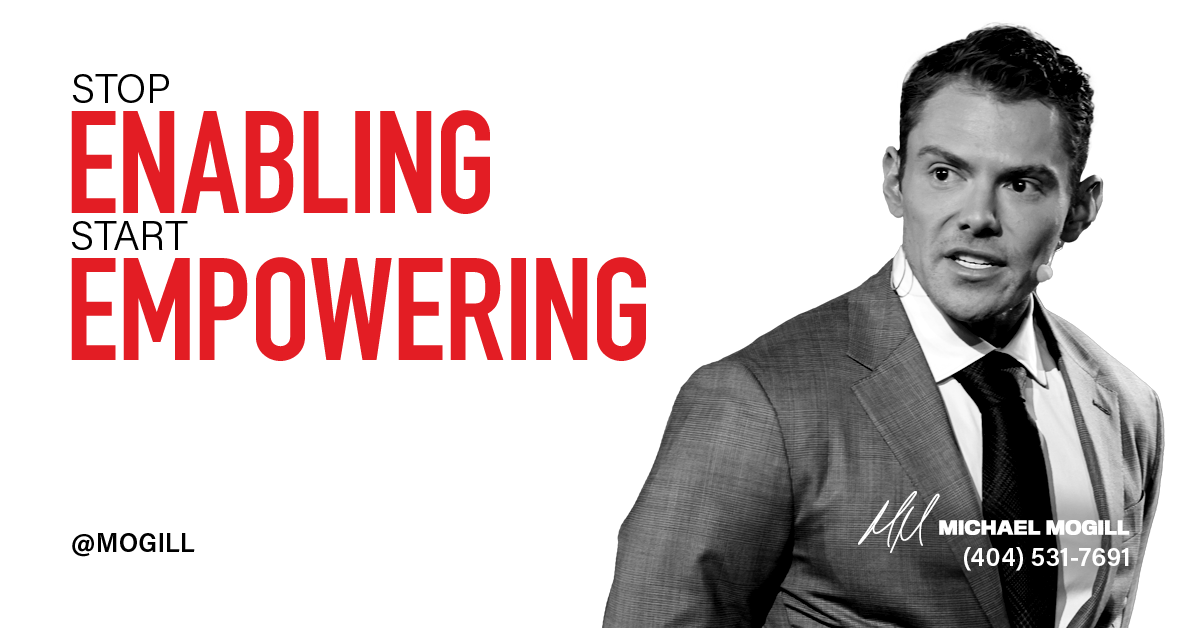I have tons of ideas.
Anytime I have something that pops into my mind, I’ll just put it in the Notes app on my phone. I always have a huge list of ideas there.
However, it’s important that all those ideas go there before any of them go to the team, because otherwise the team will be bombarded by new things that I think we should do without them having gone through a filtration process.
The filtration process that I go through is essentially weighing things on three real aspects:
- Time
- Money
- Impact
If you have an idea that is low time, low money, and high impact — absolutely do it. Those are the lowest-hanging fruit. Those are the honeypots you should absolutely execute.
But generally what you find is the ideas or initiatives that have the highest amount of impact typically also require the highest investment of resources: of time and money.
On the converse, if you find something that is high time, high money, and low impact — you throw it out.
At this point, we generally will not do anything unless it has high impact because it’s just not the highest and best use of our time. With the number of opportunities and ideas that we all have, it’s important to focus on things that are just going to make the highest impact. So for me, I’m not discouraged when something’s going to require a greater investment of financial resources or even time resources — as long as it’s going to make a big impact on the business.
The money is easy. If you have a problem and money solves the problem, well then you really don’t have a problem. You can just write the check. If you don’t have the money, that’s a different problem in and of itself. But generally, that’s the easiest part.
The most difficult is usually the time investment, which is really a function of capacity within your team. Time doesn’t mean it’s going to take me to do it. Most of the initiatives that we have are team-wide efforts, or at least department-wide efforts.
There are numerous people involved in getting something new off the ground, and they’re working on a lot of different things. So when it comes to time resources, you have to look at the overall organization capacity and the capacity within teams.
Ask yourself: “Is this something that we can do right now, or must it be prioritized later in the year or into the next quarter or the following year? You don’t want to have competing priorities wherever you can avoid that.
So to summarize: I run things to the filter of time, money, and impact.
These are the ideas that get executed:
- If an idea is going to be low time investment, low financial investment, and high impact, we’re doing that right away.
- If it’s something that is a high time investment and a high financial investment but is going to have high impact, we will absolutely do it. It’s just a question of where that sits in our priorities of whether it’s something that we need to do this quarter or next quarter or push it further out.
Sometimes you really have to kill your darlings or starve your horses or whatever the expression is. I’ll list out 100 ideas, and of those, maybe there are three or five worth doing, and then two in there that are truly, truly excellent — ones that are really going to move the needle.
That’s why it’s important to go through an iterative process to really map it out.
I also want to emphasize that when you have any sort of idea, you really must spend the time to outline clarity of what success looks like, what the ideal outcome looks like, what the upside is if you do it, what the downside is if you don’t do it, who’s going to be involved, and so on.
I’ll map out those things before I even bring a new idea to the team. That even furthers the filtration process of being very clear on what it is that I want to see when we execute this idea.
If an idea still passes all of those tests, then yes — then you can bring that to the team.








